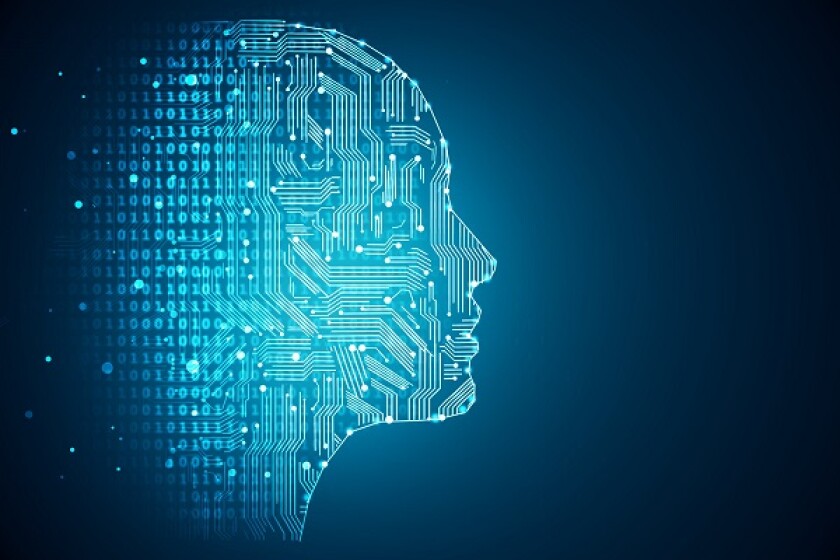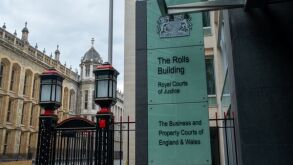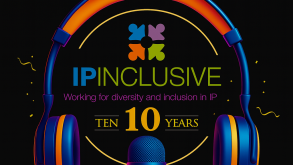In parallel to the wide application of AI technology in various industries at a rapid speed, the number of patent applications covering AI is increasing in Taiwan as well.
Given that the core technology of artificial intelligence neural networks heavily involves abstract concepts, such as mathematical models, algorithms and software, and that an inventive concept that goes above and beyond an abstract idea is needed for a patent application, claiming such inventions can be challenging. Thus, drafting patent applications covering AI in a way the patent system will recognise as an invention has become a very important issue.
According to the current examination criteria adopted by TIPO, an AI invention is patent-eligible if it is essentially of inventive technical concept and the means of solving the target problem is technical-oriented. If an AI invention is constituted of an abstract concept and a technical element, the invention will pass the patent eligibility test in cases where the resulting data is generated by the technical element, the technical element may interact with other technical elements, and the invention as a whole can serve a specific technical purpose or function for practical application. If this is not the case, the AI invention will still be patent-eligible provided that, as a whole, it is able to effectively implement the specific technology involved in the invention.
A predictive analytics invention generally makes predictions through entering a model in a common neural network unit after completion of training based upon the entered historical data. Since to build a common neural network unit consisting of a memory and a processor is an inherent capability in the field of neural networks, such predictive analytics inventions can only be regarded as a fairly simple use of a computer, and are not patent-eligible if no specific technical purpose/problem is achieved/solved thereby. It is acceptable if the resulting forecast data further interacts with other technical elements so that the invention as a whole can achieve a specific technical purpose. On the other hand, if a processor incorporated in an AI invention is not used for a common neural network unit, but rather for a specific technical neural network, and if the invention can implement a specific technology, it will be considered patent-eligible.
In general, highly technical claims accompanied by an exhaustively disclosed specification explaining the problem intended to be solved by a claimed AI invention, as well as the solution offered, will greatly improve the odds of success in winning an argument for patent eligibility or sufficiency of disclosure.
In terms of the inventive step requirement, if the algorithms applied to a claimed neural network are neither disclosed in the specification nor recited in the claims, or the mathematical methods used are only enumerated in a simple manner, as the neural network is obviously not the inventor's contribution, the invention would unavoidably encounter a lack of inventive step rejection. If an inventor simply uses the current deep learning tool to generate data and apply the data to some operations that have been disclosed in prior art, his/her invention will be deemed to be only a simple change of traditional logic and mathematical operations into deep learning of neural networks, and is hence not in possession of inventive step.
TIPO's examination of AI-related issues may set the benchmark for future AI applications. Accordingly, practitioners ought to track these developments and update their knowledge and experience about eligibility and patentability considerations unique to AI inventions.
Yen-bin Gu











